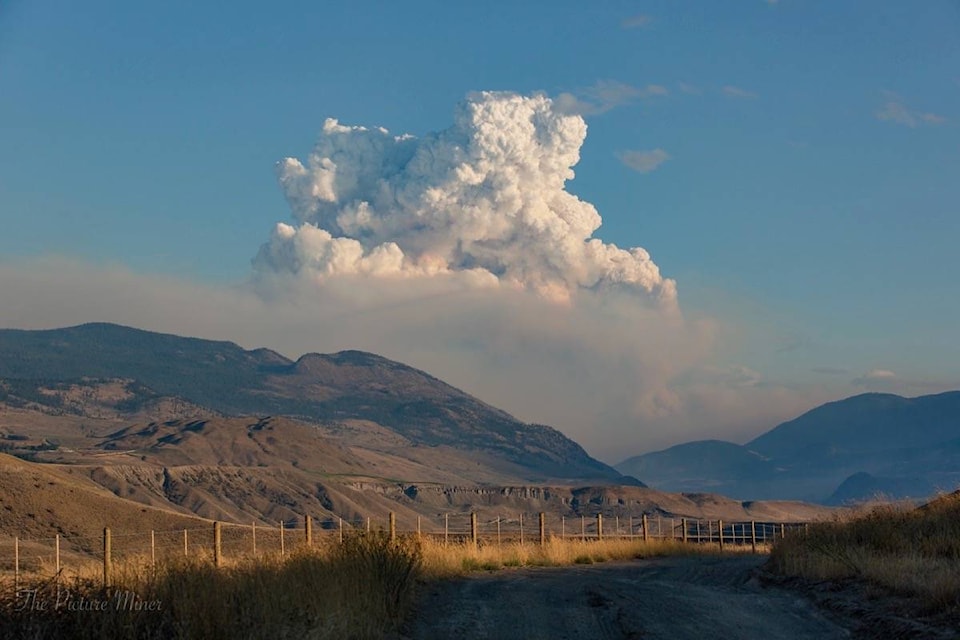By John Erickson
When you make a smoke report, we jump in our trucks and head for the smoke. Your report sets a huge web of action in motion. A complete, accurate initial report helps your firefighters protect you. Here are the five things we need from you when you report smoke:
1) STUDY: Watch the smoke plume for more than one minute. Study it. Smoke plumes tend to rise vertically, and have a greyish, darker colour than water vapour clouds. They rise continuously from one ground location.
2) STAY: where you are! Offer to give the dispatcher your name, phone number, and exact location and please STAY PUT. Be willing to wait for an emergency responder to make contact with you and see what you are seeing. Please don’t just drive away after making your report. Firefighters are on their way to you, and they need you to point the smoke out to them.
3) MONITOR: Continue to watch the plume while waiting for responders. Make note of any changes in the plume characteristics. Is it getting bigger or smaller? Has the colour of the smoke changed? Is it emanating from the same location, or does it seem detached and behaving more like a cloud?
4) GUIDE: If your house is difficult to find, drive out to the entrance of your driveway and guide the firefighters to your vantage point to look at the smoke. Tell the dispatcher what kind of car you are in for easy identification.
5) INVESTIGATE: If you smell smoke, go outside and try to find its origin. Take note of the wind direction. Smoke and haze from distant fires frequently blows into our area. Distant fire smoke has a different smell than a fire nearby. Try to remember the difference between the strong odour a campfire nearby puts out, and the diffused scent of smoke coming from distant fires. Distant fire smoke tends to appear as a haze blanketing the landscape, or appears as diffused clouds of smog with no origin from the ground.
The most common misidentification all of us make in this process is confusing water vapour (“water dogs”) with smoke. Here are some helpful hints:
Vapour clouds tend to occur after rainstorms. They appear suddenly, and rise quickly from the ground, sometimes in a vertical column. Very shortly thereafter they will generally plateau out, and change to a more horizontal cloud, covering a broad area, with no central origin.
Water dogs tend to dissipate within five to 10 minutes of occurring. They are generated by temperature differences between the air and the ground. They frequently occur in open fields, over lakes, parking lots, or rock outcroppings. These places have a higher ground temperature than the surrounding air. The moisture in them evaporates and then condenses to make a cloud in the cooler air. This process can be accelerated when the sun comes out suddenly after rain or particularly after a hailstorm.
We encourage people to always err on the side of caution. If you think you sense the real deal, call it in! Report a wildfire at 1-800-663-5555 or *5555 on a cellphone.
John Erickson is a wildland firefighter with the BC Wildfire Service.
editorial@accjournal.ca
Like us on Facebook and follow us on Twitter
